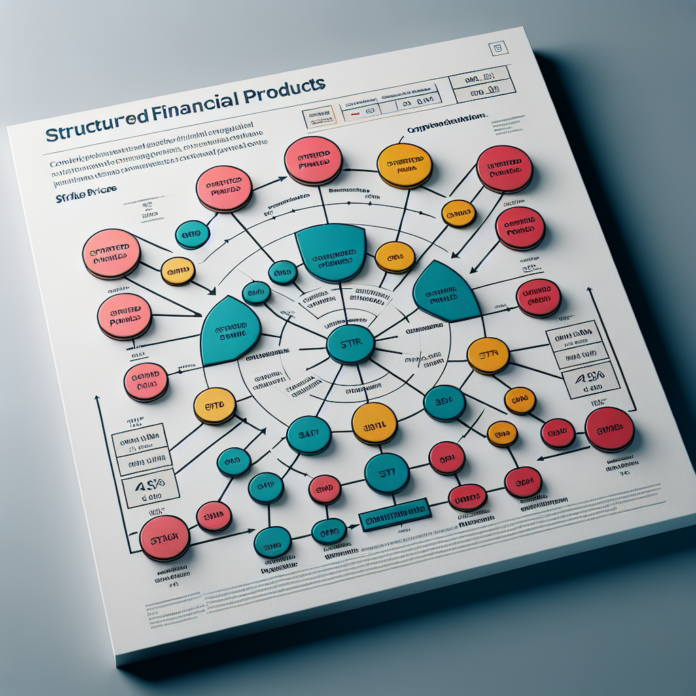Introduction:
Structured products have emerged as sophisticated investment vehicles that serve to meet specific investor needs, combining elements of both debt and equity to offer returns tied to the performance of underlying assets. Key to the tailored risk-return profile of these products is the strike price – a fundamental component in structured product design that can determine the level of protection, participation, and potential payoff.
The Definition and Dynamics of Strike Price:
In the context of structured products, the strike price is the predetermined price at which the underlying asset may be bought or sold, impacting the payoff of the product at maturity. The strike price crucially sets the baseline from which investment performance is measured, thus shaping the investment’s risk profile and defining the conditions for capital protection and appreciation.
Capital Protection Consideration:
One of the attractions of structured products is the potential for capital protection. When setting the strike price at a level below the current market price of the underlying asset, designers can create products that provide a buffer against market downturns while still offering a chance for appreciation.
To illustrate the balance of risk and reward in structured product design, financial advisers at Merrill Edge offer personalized consultations.
Participation Rate Influence:
The strike price can also influence the participation rate, which decides how much of the underlying asset’s performance is transmitted to the investor. A carefully chosen strike price can ensure that the structured product offers a desirable level of participation in the potential upside without incurring excess risk.
For more details on how participation rates function within structured products, resources from Investopedia can provide clarity and examples.
The Interplay with Derivative Strategies:
Structured products often include embedded options or other derivative components. The chosen strike prices of these instruments are pivotal in constructing the desired payoff profiles, whether for yield enhancement, leverage, or protection.
An intensive understanding of derivatives within structured products can be attained through the educational offerings at the CFA Institute.
Maximizing Payout Opportunities:
Designers must calibrate the strike price to ensure that the structured product offers a compelling risk-reward proposition. A well-set strike price will provide a favorable probability of positive returns while maintaining an acceptable level of risk, making the product attractive to a targeted investor demographic.
Conclusion:
The strike price is more than just a number in the design of structured products; it’s the linchpin that can significantly influence the attractiveness and success of the investment. It interlocks the mechanisms of capital protection, participation rates, and derivative strategies to craft a solution that aligns with investor objectives and market expectations.
For those designing or investing in structured products, recognizing the importance of strike price is not just prudent – it is imperative for aligning with the nuanced demands of modern finance. Assembling a tailored structured product demands insights from reputable sources such as J.P. Morgan’s Structured Products, ensuring investors and designers are well-equipped to navigate the complexities of strike price impact.




 AGF-B.CO
AGF-B.CO